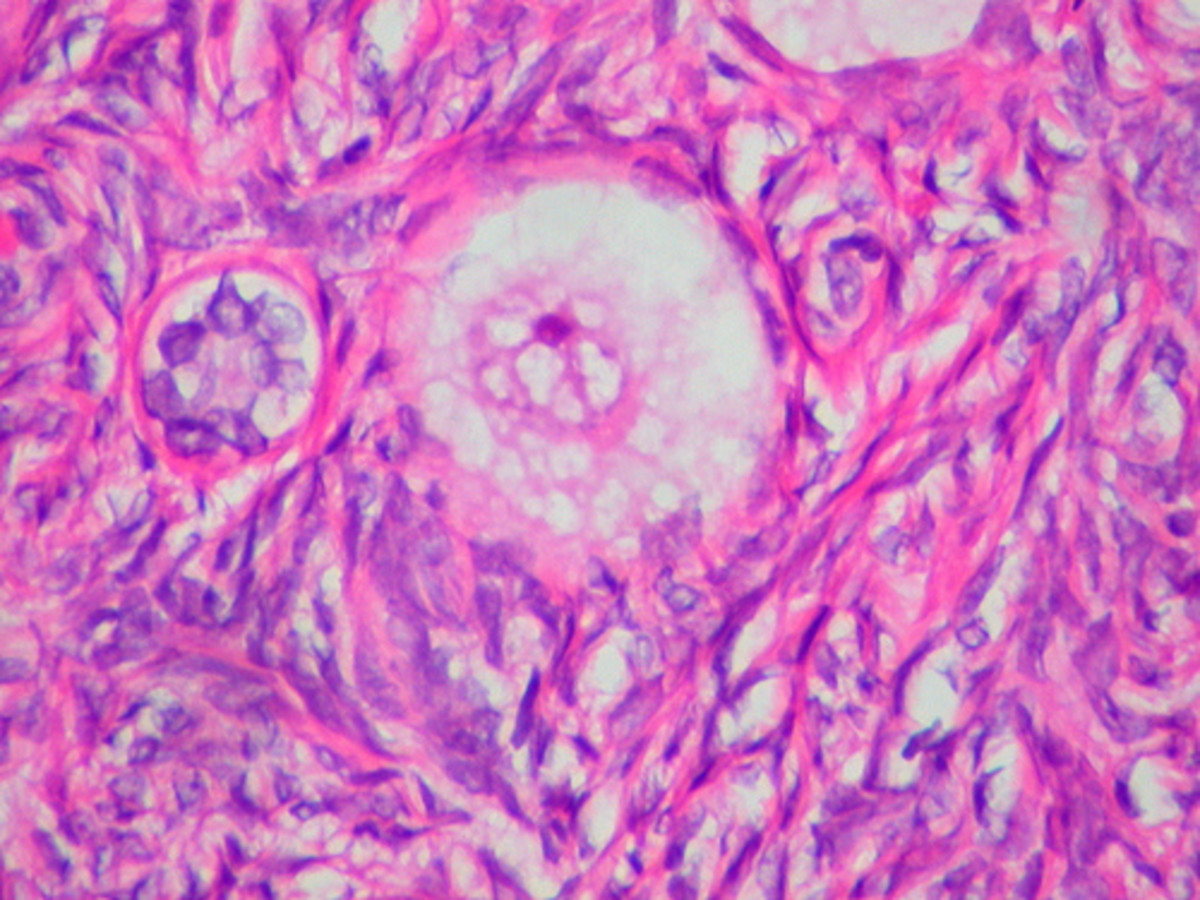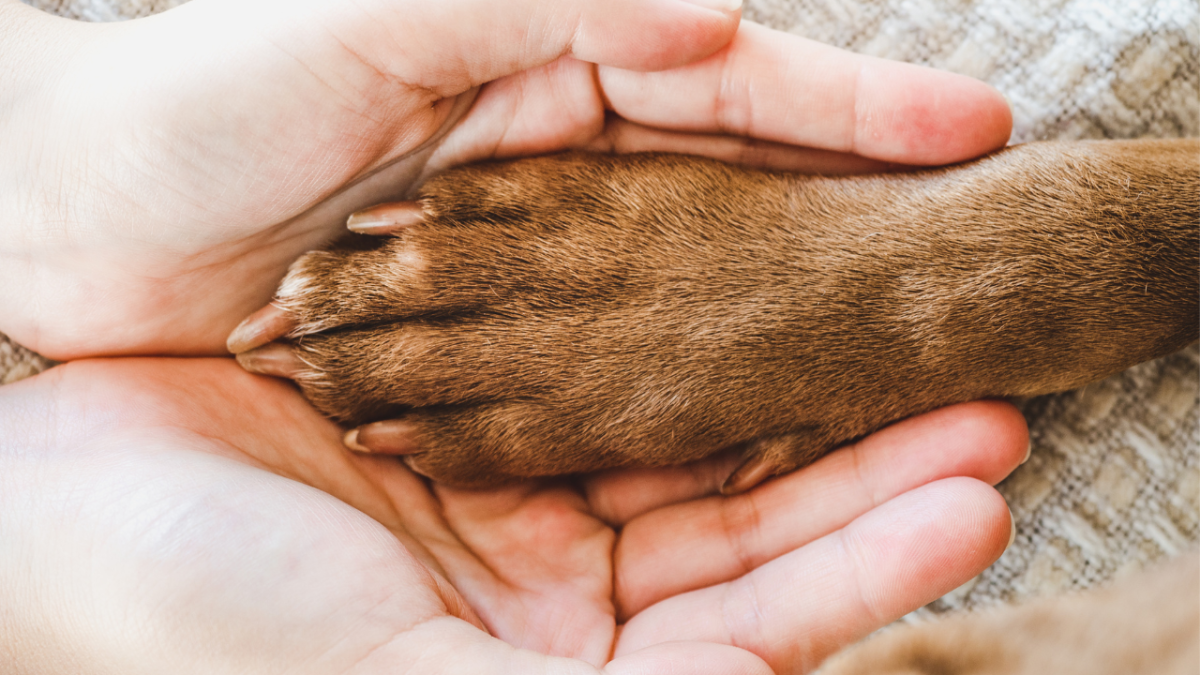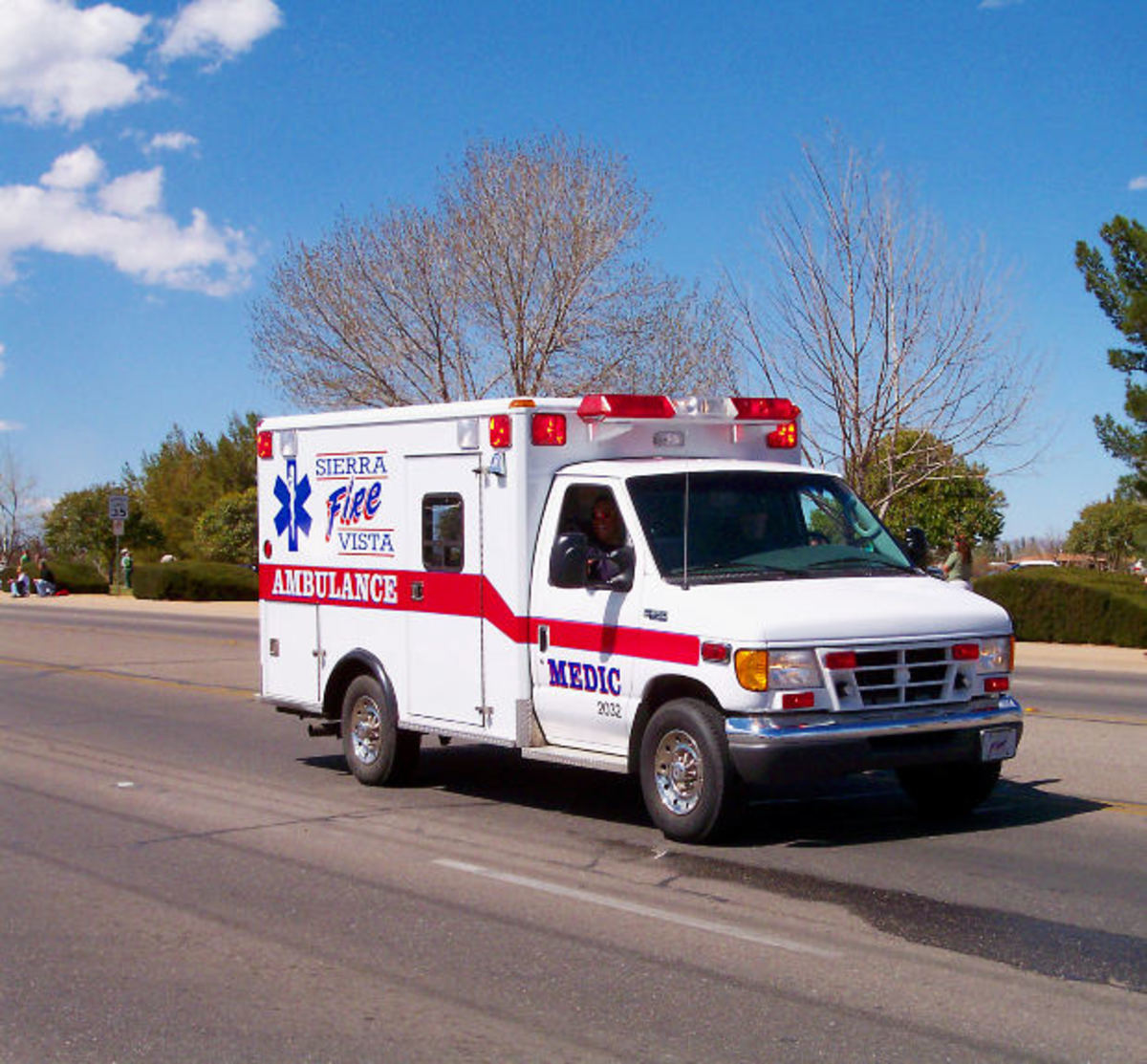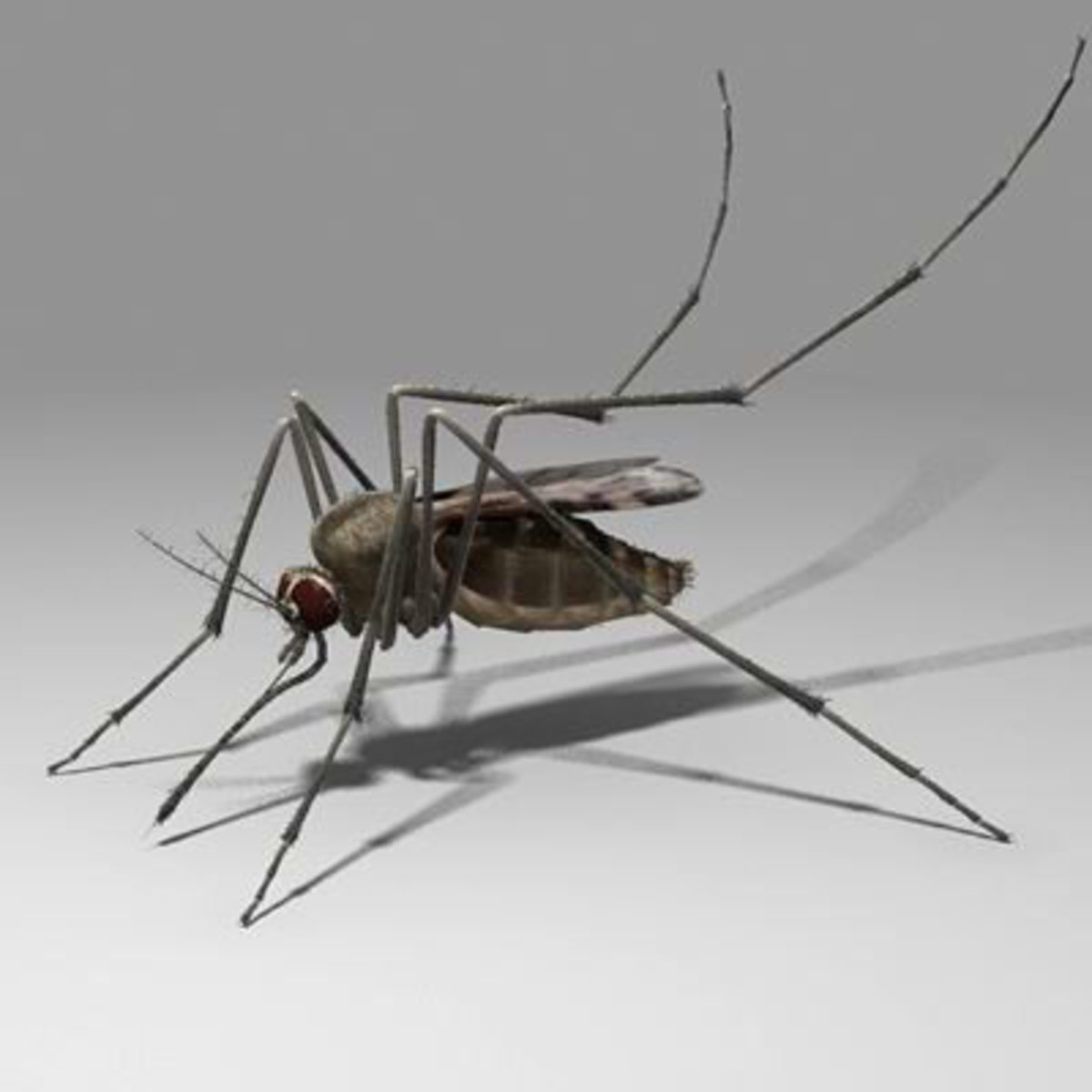How to Administer First Aid for Hypothermia
About the Author
Having been a nurse for three decades, the author is familiar with the prevention and treatment of many health conditions, including that of hypothermia and other cold weather-related conditions.
Importance of First Aid in Hypothermia
Hypothermia, the medical term for a lowered core body temperature, can be life-threatening if not recognized and treated early on. Prevention of hypothermia is the first goal, but sometimes you find yourself in unexpected situations and prevention of hypothermia is not foremost in your mind.
Knowing a few simple steps that consist of first aid for hypothermia may save your life or the life of someone else.
See the Effects of Hypothermia
When Does Hypothermia Occur?
Many people are of the mistaken notion that hypothermia only occurs in the winter or in areas with a cold climate. It's true that hypothermia is more likely to happen in cold weather or in cold climates, but it can also occur any time the air around you is cooler than 98.6 degrees Fahrenheit (body temperature).
Infants and the elderly may become experience hypothermia indoors if the air is cool. Both of these age groups experience poor regulatory centers of body temperature; infants are unable to verbalize they feel cold, an elderly person may not recognize she feels cold.
The lower the environmental temperature in which you find yourself, the more likely it is that hypothermia may occur. Add wind and/or precipitation to the mix and the likelihood of hypothermia increases as your exposure time increases.
Learn How to Recognize and Give First Aid for Hypothermia
How to Recognize Hypothermia
There are three levels of hypothermia, each one more dangerous than previous one. Fortunately, the signs and symptoms of mild hypothermia are easy enough to recognize so you can act before a medical emergency occurs.
- Mild Hypothermia: Body core temperature will be 96 degrees F or higher. In this level, there will be uncontrollable shivering; fingers and toes will be blanched and cold; can still walk and talk, but cannot do things that require more complex coordination.
- Moderate Hypothermia: Body core temperature of 93 degrees F to 95 degrees F. Shivering becomes more pronounced, clumsiness, slurred speech, confusion, irritability, memory loss, irrational behavior such as trying to remove clothing and slowed reflexes may be present.
- Severe Hypothermia: Body core temperature of 92 degrees F or below. This level is immediately life-threatening. Shivering comes and goes, then finally stops altogether; heart rate slow down; pupils dilate; skin is pale; unable to walk or stand; may curl into fetal position to try to conserve heat; muscles become rigid.
- Infant Hypothermia: An infant who is suffering hypothermia will have cold, bright red skin and decreased activity.

Learn About Other Winter Hazards
- Winter safety tips and survival skills
Winter preparation is something many folks worldwide must get ready for, and this article is a jump start and reminder for us all to get it done today. read more... - Winterize Your Car
We often neglect our cars, but doing so in the winter could put you at risk of being stranded at the side of the road...or worse. Learn some important tips that will help you winterize your car. - Looking After Dogs' Paws During Winter
How to look after your dog's paws during winter and why it is imperative that you do so.
How to Treat Hypothermia
The following are tips for treating hypothermia, according to the three levels explained above. Remember, if you are with someone who is experiencing hypothermia, the first aid you are able to administer could mean the difference between life and death, especially with moderate or severe hypothermia and if emergency medical assistance is not nearby.
First Aid for Mild Hypothermia: Ideally, you will recognize this mildest form of hypothermia and begin to treat right away, preventing the condition from worsening. The goal is to get the person warm again and to replace energy they are burning up trying to generate their own body heat.
- Get the person to a warm area or shelter.
- Remove any wet clothing.
- Cover with blankets or other dry material or warm them with direct skin-to-skin contact.
- Be sure to put insulation between the person and the ground if outdoors.
- Warm the core of the body with warm compresses or hot water bottles to armpits, groin,back of neck and chest.
- Give person warm beverage to drink -- no alcohol, no caffeine.
- Have the person sit in a bent knees to chest position, if he is comfortable doing so, as it aids in preventing heat from leaving the body.
- DO NOT: Use heating pads or electric blankets, rub arms or legs, directly warm arms and legs other than covering them, allow them to smoke.
First Aid for Moderate to Severe Hypothermia: If possible, seek immediate medical attention. Use the same methods as for mild hypothermia to begin to re-warm the person while waiting for medical attention. In addition:
- Be alert that the person may lose consciousness. Do not try to give liquids to an unconscious person.
- Watch for slowing breathing and heart rates if the person loses consciousness.
- Because the heart rate slows appreciably, take the person's pulse for at least 45 seconds before determining whether the heart is beating or not.
- Be ready to perform CPR if heart beat is absent, if you are trained in this first aid technique. Once CPR is started, continue until either the person responds or medical help is present. The body goes into a hibernation-like mode and the person may appear dead, but resuscitation efforts are sometimes successful in hypothermia cases.
Winter Survival Aids
First Aid for Hypothermia References
- Hypothermia
Hypothermia, Hypothermia occurs when your body temperature drops way below normal, causing the circulatory, respiratory, and nervous systems to slow down. Normal body temperature is around 98.6 °F; if your temperature drops to 95 °F or below, you a - Outdoor Action Guide to Hypothermia & Cold Weather Injuries
- CDC Winter Weather | Hypothermia
Information on terrorism and public health. Provided by the Centers for Disease Control and Prevention (CDC). - Hypothermia: MedlinePlus
Hypothermia









